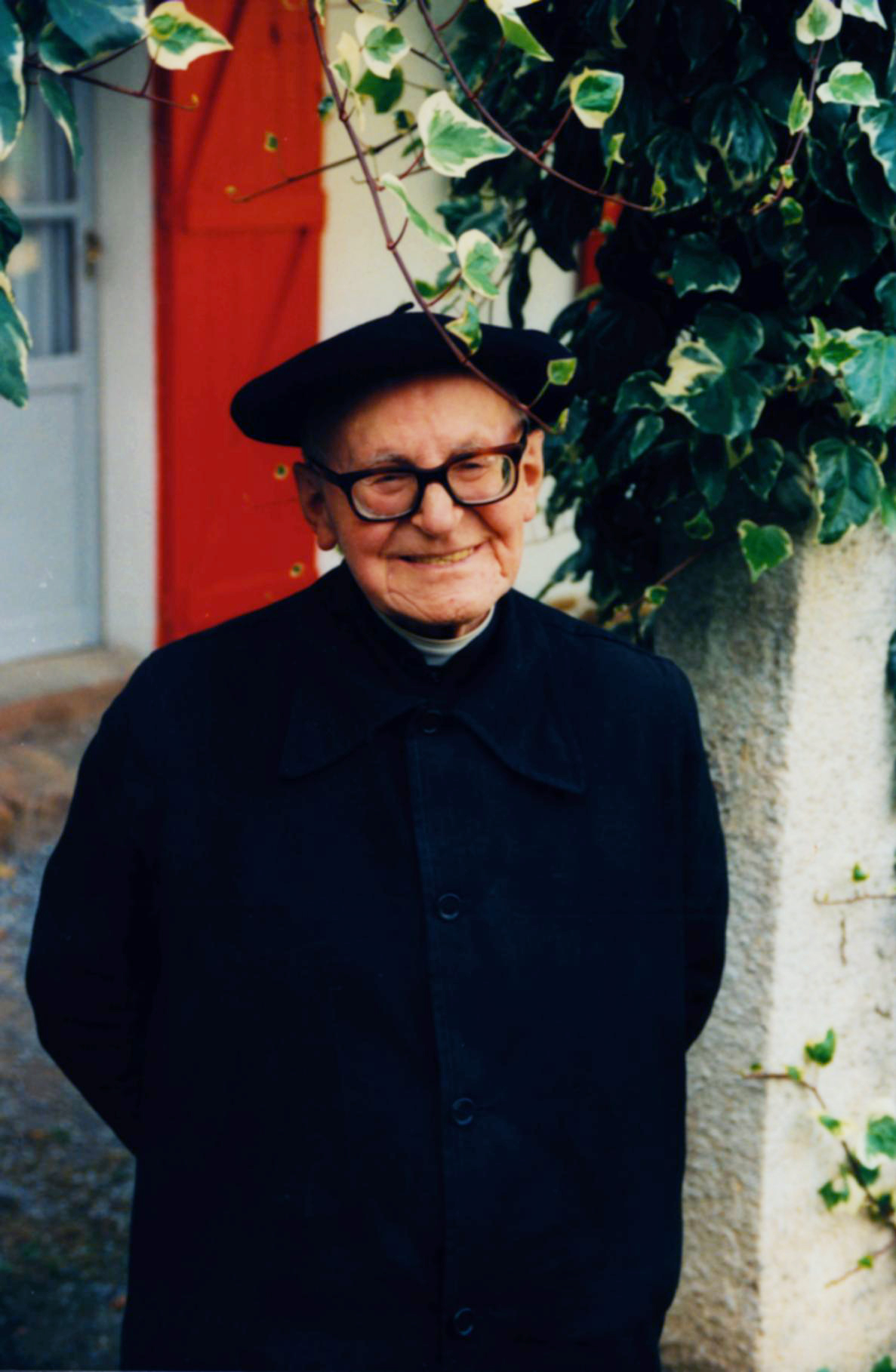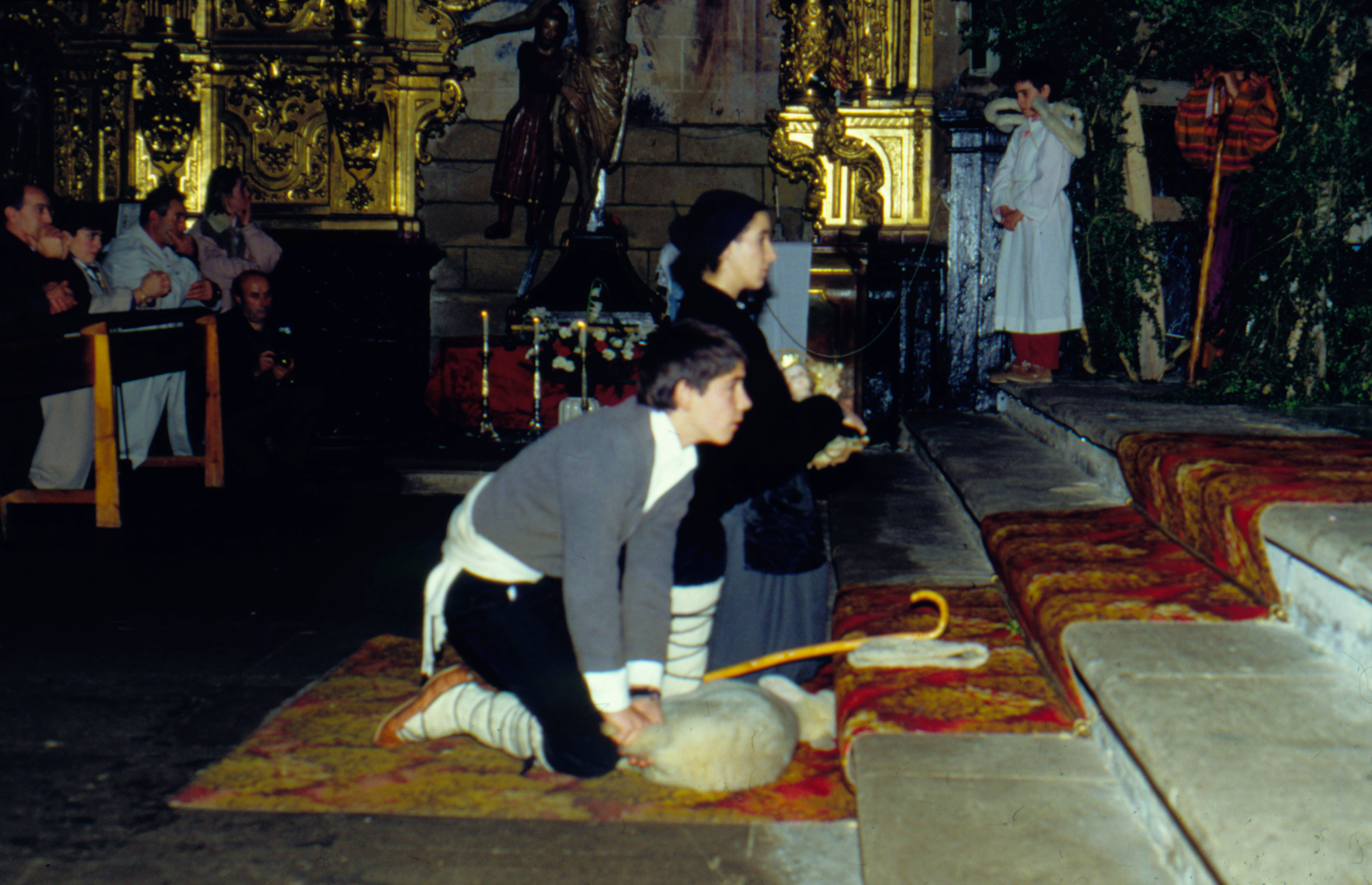Basque ethnography at a glance
In this city of the Rioja Alavesa region, the traditional Dance of the Shepherds, originally held at Midnight Mass on Christmas Eve, is nowadays represented at seven in the afternoon on 24 and 25 December.
The story unfolds at two different venues: the church of the Assumption of Our Lady and La Paz Square in front of the city hall. A living nativity scene is staged. As a child angel announces attendees the birth of Baby Jesus in Bethlehem, the shepherds sing Christmas carols and dance while inviting the members of the council to enter the temple and worship the newborn. (more…)

Burning of the land in Sara (Lapurdi). Michel Duvert.
Burning the land or lur-erretzea (different from the slash-and-burn farming of grasslands and woodlands, lurra atera or luberritu in Basque) is an ancient and well-established cultural trait in Europe. The nomadic way of life involved itinerant forms of agriculture based on the exploitation of pastures and fern fields as well as the shifting cultivation of cereal with fallow periods for the soil to recover. Farmers (laborariak or nekazariak) would later settle down in humus-rich (lur beltza) productive areas. Might the general term larrekia refer to the burnt plots of land? This is an issue ethnography research does not entirely confirm. (more…)




